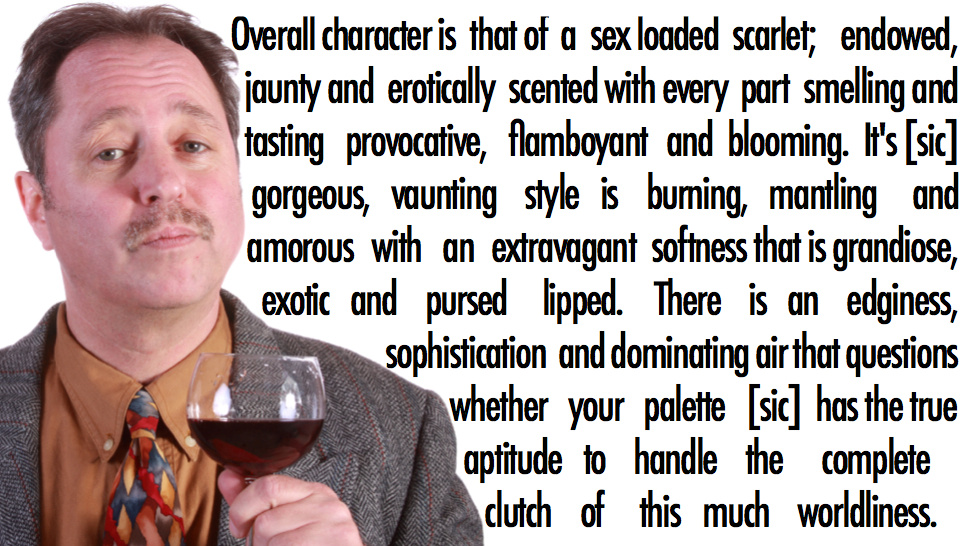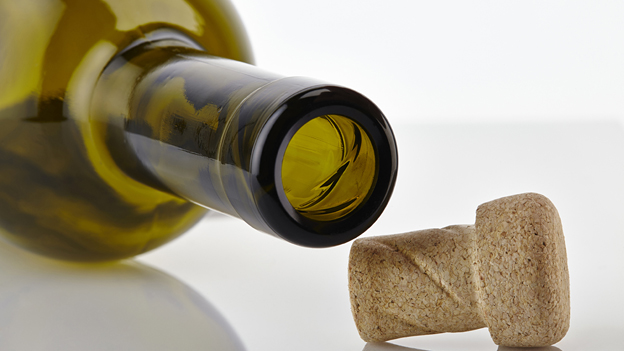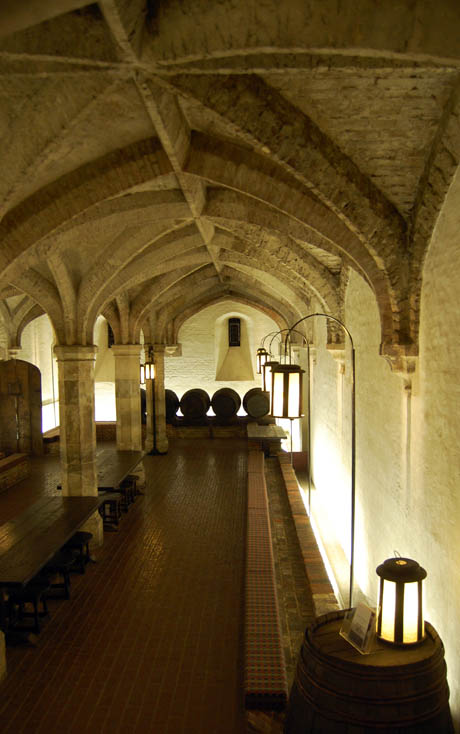In the latest Ontario Wine Review, Michael Pinkus talks about the opening of three new “Ontario Boutique” LCBO stores. These stores are the LCBO’s response to rising demand for quality Ontario wines … opening stores to directly compete with the wineries.
Well it happened; the LCBO opened their Ontario Boutiques to great fanfare on September 12, in three cities: Niagara Falls, St. Catharines and Windsor … three places that have wineries nearby. Three places where the local populace could hop in their cars and within 15 minutes be at any of a dozen wineries in the area. The way we should all view this is the LCBO utilized the Wal-Mart approach to competition: get in there and fight it out with already established businesses. According to reports, they are beautiful, well-stocked and something to see. Now, I’m not questioning whether or not the LCBO was going to do a nice job on these in-store boutiques, heck they have the money to sink into them (yours and mine), I question their location and I question why the Wal-Mart tactics?
[…]
Someone who did get it (Bob) emailed me directly, putting it very succinctly: “The Wine Council’s information shows that the majority of VQA wines are still sold at the wineries. I asked one of their staff why they were putting a new VQA [boutique] in the Glendale store in St. Catharines rather than Toronto, and was told that it was because they sold more VQA wine in that store than any other in their system. Obviously, they are intent on trying to steal as much business away from the local wineries as possible, and therefore to deny the wineries (for the most part Canadian small businesses) as much profit as possible.”
While another reader, Gaye, admitted she has finally seen the light: “I always took your rants re: the LC mildly, as I like being able to shop in the “biggest” importer of wines in the world (sic). But I love Ontario wines, and living in Toronto always bemoan the difficulty of going to Niagara wineries and driving back … for obvious reasons. So I thought these boutiques were inevitable and of course would be in the place most Ontario wine was drunk, Toronto. As your excellent wife said, “a no-brainer”. This is incredible, opening in Niagara Falls? As if our wine was just something to be sold to tourists. Now I’m totally on side.”






